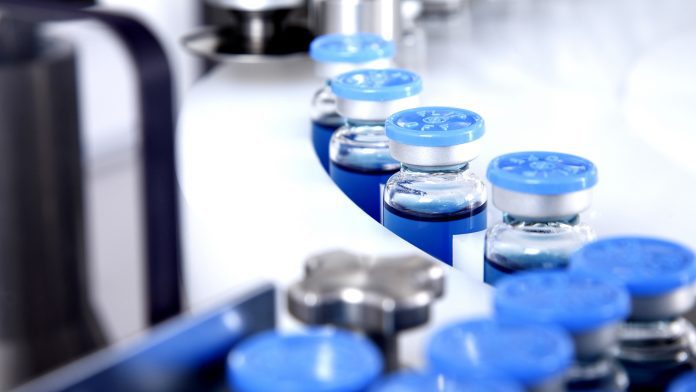
The World Health Organization (WHO) has captured the effects of COVID-19 on global vaccine markets in a new report.
WHO’s Global Vaccine Market Report 2022 has shown that inequitable distribution is not unique to COVID-19 vaccines, with poorer countries consistently struggling to access vaccines that are in-demand by wealthier countries.
This is the first report to capture the implications of COVID-19 on global vaccine markets. Despite recent progress, the global vaccine market dynamic is not meeting the needs for development, supply and access for vital vaccines needed for public health. This is due to many vaccines are limited in their development due to limited profit potential, depriving the vaccine market of necessary immunisations.
The COVID pandemic drove further vaccine inequalities in lower-income countries as they struggled to access critical vaccines. This included the COVID vaccine in 2021 and now, the cervical cancer vaccine which is in demand in wealthier countries.
Global disparities are driven by vaccine access
Around the world, disparities are driven by limited vaccine supply and unequal distribution. The human papillomavirus (HPV) vaccine against cervical cancer has only been introduced in 41% of low-income countries, despite representing much of the disease burden, compared to 83% of high-income countries.
An obstacle to vaccine access is affordability. Prices are often tiered by income; however, disparities in pricing are becoming more apparent. Middle-income countries are paying as much, if not more than wealthier ones for several vaccine products.
“The right to health includes the right to vaccines,” said Dr Tedros Adhanom Ghebreyesus, WHO Director-General. “And yet this new report shows that free-market dynamics are depriving some of the world’s poorest and most vulnerable people of that right. WHO is calling for much-needed changes to the global vaccine market to save lives, prevent disease and prepare for future crises.”
The future of the global vaccine market
Around 16 billion vaccine doses, worth $141 billion, were supplied in 2021, which was almost three times the 2019 global vaccine market volume (5.8 billion) and nearly three-and-a-half times the 2019 market value ($38bn). This increase was mostly driven by COVID vaccines, highlighting the response the health needs.
Whilst manufacturing capacity increased worldwide, it remains highly concentrated. Ten manufacturers alone provide 70% of vaccine doses (excluding COVID). Moreover, several top 20 vaccines like HPV and measles each currently rely on mainly two suppliers.
This concentrated manufacturing base leads to risk of shortages and region supply insecurity. In 2021, African and Eastern Mediterranean regions were dependant on manufacturers headquartered elsewhere for 90% of their procured vaccines. Entrenched intellectual property monopolies and limited technology transfer limit the ability of building and using local manufacturing capacity.
The health of global vaccine markets is a growing concern with many vaccines commonly needed for emergencies, such as Ebola and monkeypox, where demand surges with outbreaks and is less predictable.
The report highlights the opportunities for vaccine development, production and distribution with a public health agenda, towards achieving the Immunization Agenda 2030 (IA2030) goals and informing pandemic prevention, preparedness, and response efforts.








